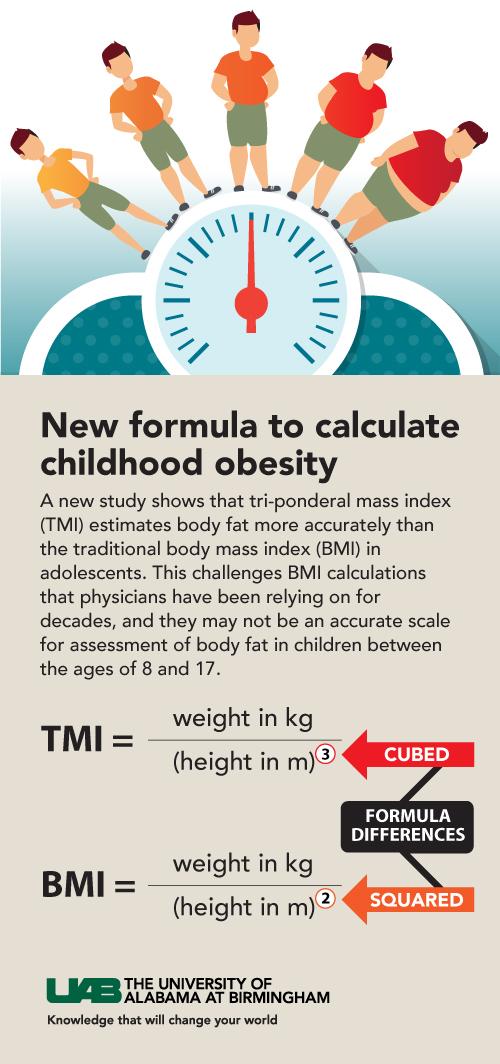January 2005 - Eating at fast-food restaurants more than twice per week is associated with more weight gain and insulin resistance in otherwise healthy young adults. Young adults who eat frequently at fast-food restaurants gain more weight and have a greater increase in insulin resistance in early middle age, according to a large multi-center study funded by the National Heart, Lung, and Blood Institute (NHLBI) and published in the January 1 issue of The Lancet*.
After 15 years, those who ate at fast-food restaurants at least twice each week compared to less than once a week had gained an extra ten pounds and had a two-fold greater increase in insulin resistance, a risk factor for type 2 diabetes. Diabetes is a major risk factor for heart disease.
"Obesity and diabetes are on the rise in this country and this important study highlights the value of healthy eating habits," said NHLBI Acting Director Barbara Alving, M.D.
Fast-food consumption has increased in the United States over the past three decades. "It's extremely difficult to eat in a healthy way at a fast-food restaurant. Despite some of their recent healthful offerings, the menus still tend to include foods high in fat, sugar and calories and low in fiber and nutrients," said lead author Mark Pereira, Ph.D., assistant professor of epidemiology at the University of Minnesota. People need to evaluate how often they eat meals at fast-food restaurants and think about cutting back, according to Pereira.
One reason for the weight gain may be that a single meal from one of these restaurants often contains enough calories to satisfy a person's caloric requirement for an entire day.
Continue Reading Below ↓↓↓
Participants were asked during the physical examinations given as part of the study how often they ate breakfast, lunch or dinner at fast-food restaurants. Researchers found that the adverse impact on participants' weight and insulin resistance was seen in both blacks and whites who ate frequently at fast-food restaurants, even after adjustment for other lifestyle habits.
Study participants included 3,031 young black and white adults who were between the ages of 18 and 30 in 1985-1986. The participants, who were part of the Coronary Artery Risk Development in Young Adults (CARDIA) study, received dietary assessments over a 15-year period. CARDIA centers are located in Birmingham, AL, Chicago, IL, Minneapolis, MN, and Oakland, CA.
According to the study, men visited fast-food restaurants more frequently than women and blacks more frequently than whites. Black men reported an average frequency of 2.3 visits per week in 2000-01. White women had the lowest frequency, at an average of 1.3 visits per week in 2000-01.
"It is important to watch carefully what you eat, especially at a fast-food restaurant. Knowing the nutritional content is important. Consumers may want to ask for this information," said NHLBI's Gina Wei, M.D., project officer for CARDIA. Salads and grilled foods tend to be lower in fat than fried foods, she said.
Keep portion sizes small, and ask that high-fat sauces and condiments, such as salad dressing and mayonnaise, be "on the side" and use them sparingly to reduce calories, Wei said.
*"Fast-food Habits, Weight Gain, and Insulin Resistance (The CARDIA Study): 15-Year Prospective Analysis". Mark Pereira, Alex I. Kartashov, Cara B. Ebbeling, Linda Van Horn, Martha L. Slattery, David R. Jacobs, Jr., David S. Ludwig. The Lancet, January 1, 2005.
Source: NIH/NHLBI










